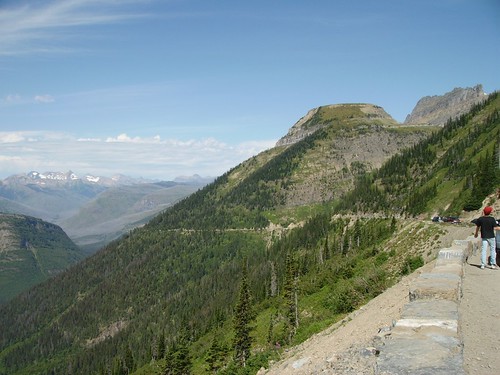Teaching strategies that have been the least effective in my learning experiences are the abstract and uncertain lessons. I need to know what is expected of me in order to effectively learn. Like most students, I do not want to participate in a guessing game. As with most of my undergraduate classes, they were lecture-centered. This was not impossible, but unless I had something concrete to visualize (text, charts, diagrams, demonstrations, etc.) meaning was sometimes difficult to grasp. Usually by re-reading the text, I would gain a better understanding of the concepts being presented during the lecture.
As we teach, it is impossible to focus on every learning style in our classes. If we did this, we would be unable to accomplish anything because of the amount of time it would take to present a single idea or concept. It would be a daunting task that would result in teacher frustration as well as issues with students as their focus waned while waiting for the teacher to present the information in a meaningful manner to them. Instead, our focus should be to pepper the lesson with various teaching styles that would grab the students' attention by appealing to their personal learning styles. While this may not be feasible in some instances, in many circumstances, it would work. With advance planning, a well-rounded lesson would be formulated. One that would ultimately captivate learners and motivate them on multiple, individual levels.
Below is a screen shot of my learning style results. I was not surprised by linguistic being my highest area because I like to write and read. Both are very solitary activities in which I can easily get lost. I was surprised that musical is one of my lowest areas. I constantly have an "earworm" of a song playing through my head and like finding meaning in lyrics. But maybe I'm just looking too much into that one.



